Strange Kpop PT3: Korean Competence Hierarchies and other complications
Assume teh position!
Kpop uses a lot of terminology:
Leader, Maknae, Center, Visual… these are just a few of the bewildering terms of the hierarchical orderliness and structure of Kpop. While in Kpop (and Jpop) girl and boy groups the whole underlying theory is that with multiple members – fans will latch onto a particular character – so with several members the chances for finding the right mix of attributes and characteristics that you like in a group member increases – that way the fans loyalty and engagement will be higher compared to the single artist or where group members don’t have a lot of differentiating characteristics. Or so the theory goes.
But Kpop also adds another point of contention and engagement for fans:
Position. The positions, when you first come across them, as you most likely will when accidentally reading a Youtube comment on a Kpop video, will seem quite strange and at other times deceptively straightforward. Like “lead vocal” must be the vocalist or singer that sings the most and is the most prominent right? Like the lead guitarist will be the guitarist with the dodgy hair, doing all the guitar solos and wearing the partial cowboy leather trousers? Wrong. In true Kpop style the positions are more complicated and wonderfully more Korean.
So to answer the eternal and really important questions that you are asking like:
– ”Who is the leader of Blackpink?”
– “Why are people bickering about who the visual of Twice is?”
– “What the heck is a Maknae?”
…I have created this guide to roles in Kpop groups.
And don’t be afraid, dongsaengs (Dong what? Dong who? No, not that dong!), after reading this you will, in the unlikely case you’d want to, be able to to infiltrate any passive aggressive Kpop forum of your choice without running the risk of being scalped and belittled. You can thank me later.
Face, Maknae, Centre… – understanding group positions
Positions are based on mainly two things: age difference – as in the junior to senior relationship between group members and secondly – the way the members affinities align with what the companies idea of promoting the groups and the members individual images are.
The tension in the Senior/Junior relationship is very real and shows up in most things. Not too dissimilar to the Japanese Sempai/Kohai dynamic the Koreans, I think, take this to it’s ultimate conclusion. Not giving correct respect to your elder or elders can result in collective shunning and adds even more to the high pressure environment of Kpop. A lot of “controversies” have started because fans believe their idols weren’t shown proper deference and respect by some other idol.
Even though the stakes won’t be quite as high, knowing who is your senior or junior sometimes seems as intense as airplane recognition during a particularly vicious dogfight during the Battle of Britain. Whether you use honorifics when adressing someone or you are expected to act cute and subservient – this is determined by your place in the order of age in your group or context.
I imagine if you’ve ever worked in a very corporate and irrationally hierarchical company you just might have experienced old style management where seniority and title outweighs experience and merit.
While severely unproductive and dysfunctional in a company, in the confucianistic part of the world this adds a measure of stability and a massive dose of expectation management as the age hierarchy will provide a framework of how to act in any given situation. Who to bow to? How to pour or drink alcohol in the company of others? Who gets to slap who’s ass with impunity?
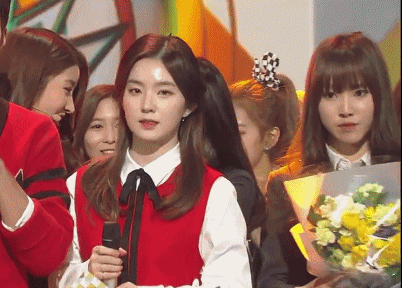
In this image you can observe a few things: Everyone is bowing intensely (making me nervous about the possibility of an accidental head butt). Also the taller girl turning to the back
(Sowon of girlgroup Gfriend) was later accused of being rude to the girls (her juniors from WJSN) standing behind her because she wasn’t smiling enough.
To make matters even more complicated age as in biological age isn’t always the correct measure either (and let’s not even start on how Korea has it’s own way of determining age). If in a company the corporate hierarchy takes precedence over age. This also goes for universities – where the point where you started is the determining factor. Add to that the different honorifics: Sunbae for seniors and Hobaes for juniors in work and university context. While instead in private life senior women are addressed “Unnie” (Eonni) if a woman speaks to a woman and “Nuna” (Noona) if a senior woman is adressed by a man. For men being addressed by a junior woman the much used “Oppa” is correct and conversely when addressed by another younger man “Hyung” is the correct term. Whew.
How important and omnipresent this is might still be hard to understand for an outsider. In this video the members of Apink, a group who by virtue of personalities as well as being a veteran kpop girl group are pretty relaxed, switch places, for fun but not without some malicious glee. Their junior members, and the most junior member in particular taking the place of eldest and leader and thereby taking the rare opportunity to put her elder sisters in their places.
This video gives you some insight into how real the junior/senior thing is, showcased by the always entertaining and discretely bickering performers of Apink. The not very contained glee of the juniors is dampened by the promise of revenge by the elder Leader Chorong.
Positions & IMage
The second factor determining roles is the image projected by the group of idols. Some being strictly based on merit, other based on the style and image of the group. The meritocratic parts are usually based on the members skills in singing or dancing. The pragmatic efficiency of the talent companies grooming the idols as trainees will categorise a trainees skill set very early on and usually make the trainee focus on the particular skill that could make them standout. However a group will only need so many of any particular role and will need to fill others – in some cases even re-assigning talent who, by most measures are very competent in talent X, to train to shoulder role of Y instead. An example of this is Moonbyul who is part of Mamamoo, a group well known for its members vocals skills. And Moonbyul not being an exception to the vocal competence, was all the same at an early stage assigned to take the role of rapper as her other group members already covered the vocal roles.
The Leader
In a culture where filial respect as well as general respect for your elders plays a huge part, your age is of great importance.
Typically the oldest member will be assigned the leader role – most often by their managing company. The leader will in some cases be the communicative point between the group and the managing company and will also be expected to manage conflicts within the group and keep everyone in line. In some groups the leader has been voted on by the group members and, while fairly uncommon, in some groups there is no formal leader.
My favourite leader – Park Chorong of Apink, epitomizes leading with vindictiveness, one of her members has her contact saved as “Gangster Park”, speculatively because of her repressive leadership style. With Apink at an already high level of hilarity, Chorongs apparent introversion and shyness combined with a babyfaced appearance and impractical hapkido skills (she’s a third dan black belt) makes her stern monotone and demand for absolute respect even funnier.
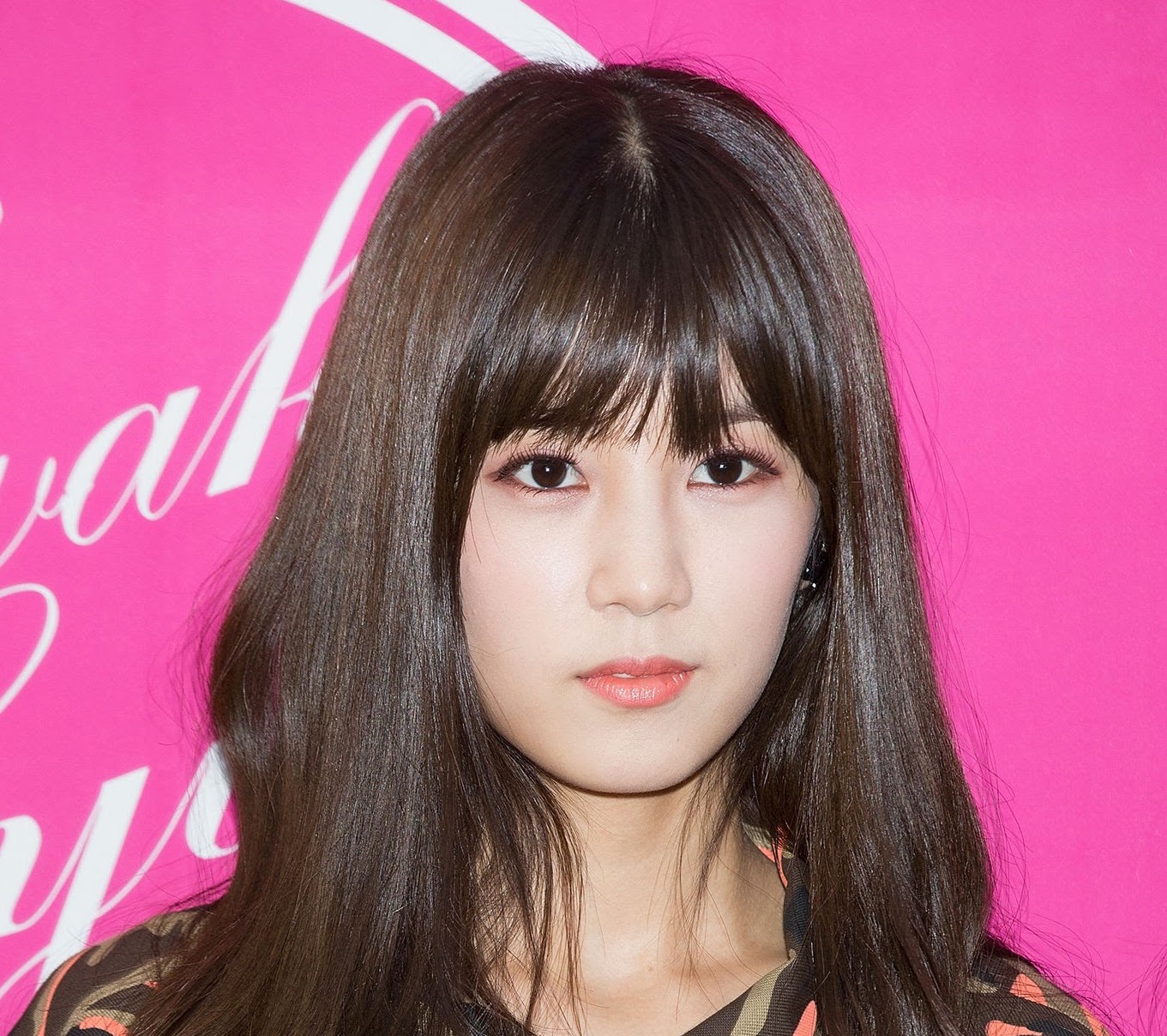
Another well known leader is Irene of Red Velvet, represents the gold standard for Kpop beauty (and indeed South Korean beauty standards). Another introvert, Irene doesn’t rule quite as a rebellious domain as Chorong but is worth mentioning as she, due to her being part of very succesfull SM act Red Velvet as well as her wide exposure as a commercial model, is hands down the most well known leader in any currently operating girl group. Irene gets things flying off the shelves.

Jiu of Dreamcatcher gets a mention as the MVP of Dreamcatcher: Leader, Lead Vocalist, Lead Dancer and Visual. Whew. Also most likely to become a police AND macaron cafe owner – a combination I find particularly productive and interesting.
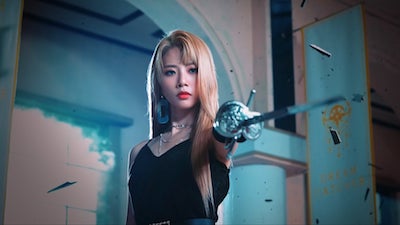
The Main Vocalist
The main vocalist is the best vocalist. The main vocalist gets the most prominent and difficult parts in a song. This person will be the first to be invited to singing shows like Masked singer and will be the object of ridiculous discussions as to vocal capability:
if they can hit this high note or that, whether they have a more attractive vocal colour than opponent X etc etc ad nauseam.
Important stuff when discussing main vocals:
- Whether they can hit high note X…
- How they compare to their respective gold standard senior main vocals in groups in previous generations
- The stability of their vocal performance
- Various amateur opinions on vocal technique
- …*Snore…Oh crap, did I fall asleep?
Jeon Eunji of Apink packs a lot of vocal power and is one of those few performers who has a constant smile while singing and dancing which comes off as completely genuine and charming. And while in Apink Chorong is trained in Hapkido and Bomi in Taekwondo – Eunji is the unnie I would bet on being able to seriously throw down. Equipped with a devil may care attitude not that common among girl group idols and powerful older sibling vibes (I think Eunji has been taking care of her little brother for a long time), Eunji is most certainly a person who seems like she would be great company for a few drinks.
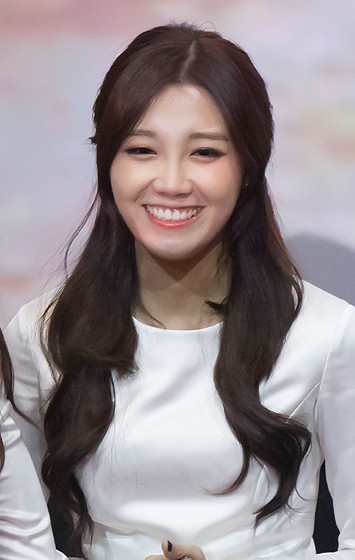
Minyoung of Brave Girls is the second runner up and honourable mention.
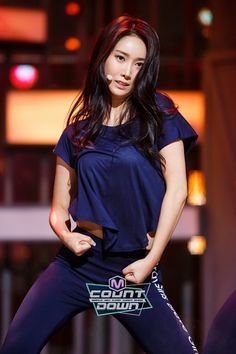
With an interesting background story having debuted in a now defunct girl group, ZZbest, which imploded before debuting, leading Minyoung to consider pursuing a career in acting since she felt she was getting to old for the idol life. Until she was convinced to join Brave Girls.
Minyoung has a major in dance (ballet if recalled correctly) and is a great charismatic dancer, (currently both main dancer and main vocal in Brave Girls) a fact completely obscured by her vocal capabilities showcased from the 2016 Brave Girl lineup and forward. Minyoung can carry most high notes with ease and when she goes into overdrive get a distinct distorted tone, something you can hear in some of Brave Girls single/title releases. With her slight mean girl aura and high performance package it’s very easy to see why someone would pin their hopes on Minyoung taking a central part in an effort to re-vitalize the original lineup of Brave Girls.
The Lead Vocalist
The lead vocalist is the second runner up for main vocalist. This person is next in line to get the most airtime vocally. Most typically superlative laced and common claim from fans is that “lead vocalist X could be main vocalist in any other group…”
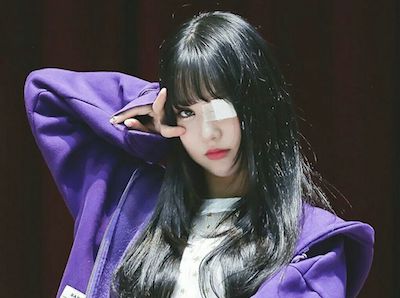
One such lead vocalist is Eunha in Gfriend – Eunha has a distinctive voice complementing the sheer powerhouse of her colleague main vocalist Yuju. Notoriously clumsy and a very popular partner for artist collabs having done multiple OSTs (original soundtracks) Eunha is hugely popular with Buddies (that’s the Gfriend fans name). Often looking like a character out of some anime I imagine Eunha is also a favourite among Japanese eye patch fetischist. Not judging. Well, maybe a little.
Eunhas singing is one of the reasons I really like Gfriends songs – pleasant, surprisingly strong and versatile you can easily pick her singing out in Gfriends catalogue of songs. Eunhas voice also fits the very distincive “classic Kpop” sound of Gfriend.
Other cool Lead Vocalist examples:
Seulgi
Not only the main dancer in Red Velvet and generally lauded for her technically perfect dancing but also a recognisable vocalist with a beautiful voice and great technique, Seulgi is super popular with fans and just seems like a very cool artist.
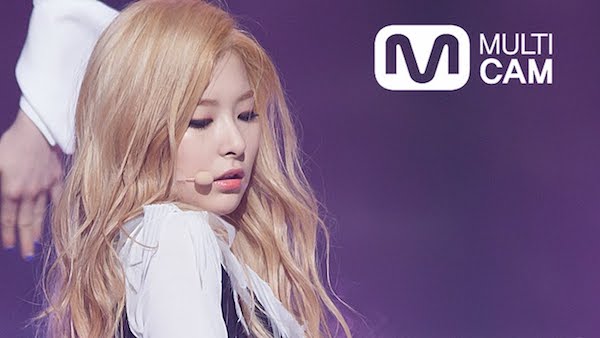
Yooheyon
Together with Siyeon, Yooheyon is a big part of Dreamcatchers distinct vocal character. Yooheyon gets plenty of airtime in Dreamcatchers songs second to the main vocalist only. And even though she’s nicknamed “Tree” by her group because she’s stiff, she’s also one hell of a dancer.
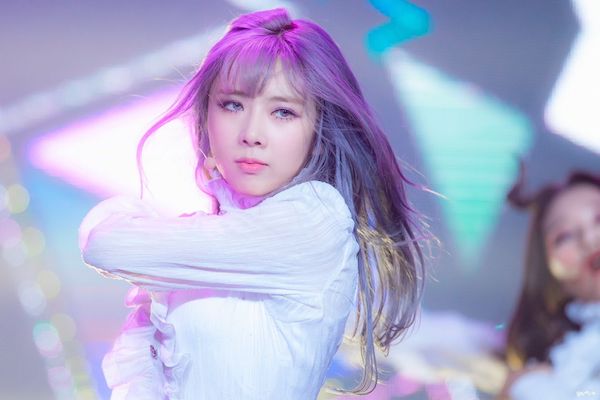
Main dancer
The best dancer in the group. Oftentimes also the main dancer shoulders the very practical responsibility of teaching the other group members choreographies and correcting their execution. The main dancer will be most prominent in dance heavy parts of performances (for example in dance breaks) and will showcase their talents during promotions in various TV-shows.
Sometimes main dancers get together to be awesome together – like Seulgi, SinB, Momo, Chungha and Yoojung (Red Velvet, Gfriend, Twice, former IOI, former IOI now Weki Meki). In this case doing a cover of Infinites “Be Mine”. This is so good I actually prefer this to the original.
Lead dancer
So if the lead singer is the second best singer then the lead dancer is… yeah you get it. I have absolutely no interesting observations about lead dancers – while it seems pretty common for fans to discuss the relative competence of a lead singer to the main singer and to other idol groups singers, this interest doesn’t really extend to the lead dancers. But in the orderly world of Kpop they’re still a thing. And that’s not to say fans don’t bicker about everything – they sure do! If you have any interesting reflections on the position of lead dancer or any notable individual occupying it, let me know!
Main Rapper
Having described Main & Lead Vocal and Main & Lead Dancer you’d have to be exceptionally dense to not expect the pattern to repeat for the Main and Lead rapper. Due to interesting reasons we’ll take a look at in a different article, rapping is a big thing in Kpop. I can’t say I can distinguish nuances when it comes to rapping but I do know when I like what I hear and when someone’s got a good flow. And yeah, I can only come up with two examples – shove off , I didn’t say I was a discerning consumer of rap.
My favourite rapper in the Kpop girl group context is Hyeran, formerly Brave Girls, who to my ears is a crazy good rapper. Listen to her crushing it in “Deepened”… Hyeran, when in Brave Girls, had the role of main dancer until she left. See her transition from Deepened to High Heels for some contrast: fierce amazon-like Hyeran who looks like she would shove the bar up your ass if you suggested spotting for her – to fierce Cheerleader Hyeran in high heels instead of Reeboks. Spitting fire. Cool.
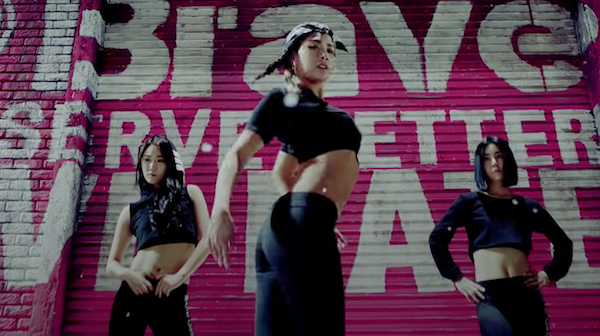
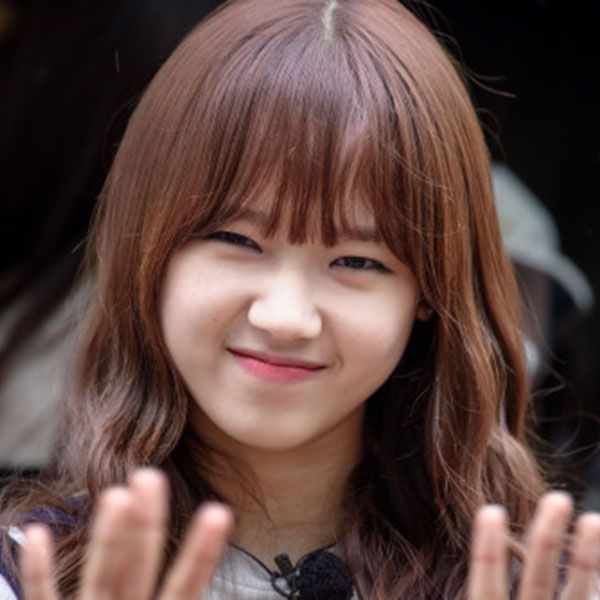
Second favourite and in some ways Hyerans opposite (Hyeran is quite tall and a very imposing stage presence) is the diminutive main rapper and dancer of Weki Meki: Yoojung. A former Produce 101 contestant and member of resulting IOI (notorious for being the centre in the intro song dance formation) Yoojung, like Hyeran combines both being the main dancer and rapper in one person. Yoojung, besides rapping, is also known for doing crazy good boy group dance covers. She really kills it in the girl group cover of Infinite’s “Be mine”…
Visual
The position of Visual is rather boring and only comes second to Main Vocalist in how inanely debated it is by fans. The visual is, not surprisingly, the one member in the group considered the most attractive (according to the infamous Korean beauty standards). Another qualifier is the member most likely to be able to carry an acting role – since doing acting in South Korea (much like the rest of the world) is not only predicated on your acting skills but also on how good you look. Visuals are most entertaining, I think, when considered based on how the looks are juxtaposed with quirky behaviour or personality. For example:
Son Naeun of Apink is widely considered a golden standard of looks and is the face of Adidas Korea and has sold more of their leggings and fanny packs than you can shake a piece of fried chicken at. She is also notoriously shy and introverted with an artistic vein outside of singing and dancing – painting when she isn’t performing in Apink or earning cold cash as a commercial model.
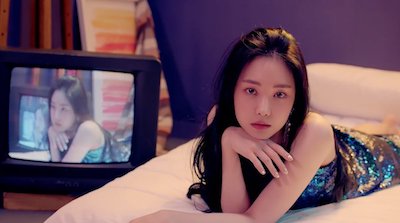
Face
As if things weren’t ambiguous enough The Face of the Group is one of those positions where things become really muddy. The Face is the member of a group that will be the most recognisable for the general public and have the main duty of representing the group in most media contexts. Of course this is often a kind of a Catch 22/Zen riddle, as the Face duties will inevitably result in even more recognition. The face needs to be popular, entertaining and thus a good representative of the group.
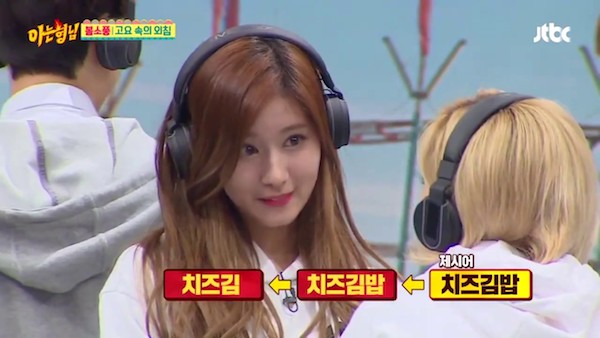
Sana is one of the, if not the most, popular members of Twice and frequently participates in different shows.
Centre
The simplest explanation of the position of centre is the person taking up centre position in dancing formations and photoshoots. But the Kpop world is full of strange intricacies there is more nuances to this: The centre, a lot like the face, will often be the member who best represents the group for the current concept. In Gfriend for example this has varied from release to release depending on the character of the song.
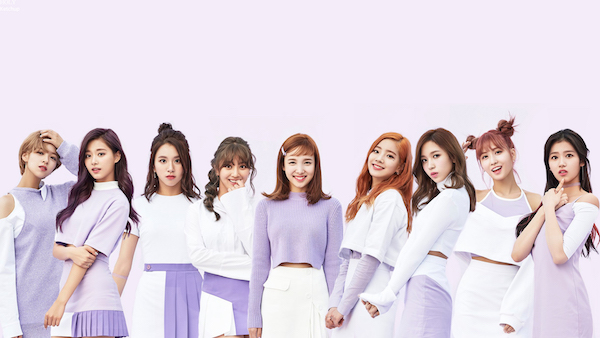
In other groups like Twice for example, the centre is permanent and assigned to a characteristically distinct and strong performer. In the case of Twice: the mighty Nayeon.
Maknae [Mahg-nae] [manae]
We’ve already established Kpop – like Korean culture and social structure – relies on the concept of seniority. The eldest member is most likely to be the leader of the group – at the other end of the pecking order we have the youngest member: the Maknae. Maknae means “younger sibling” but is often used to describe the youngest person in a group of people – could be a group of friends or, as in this case, a group of artists. The maknae, while always expected to take directions from their seniors are also in a position of privilege: there is a clear understanding that the maknae should be taken care of and given special affordance. A popular Youtube fan theme are videos documenting rebellious maknaes. These are some maknaes with interesting stories:
Yuna – Brave Girls
Since Hayun left, Yuna is now officially the maknae of Brave Girls. Brave Girls doesn’t seem to stress this a lot in their interactions – quite possibly because Yuna has been a part of the current lineup for a long time and rapper dropout Hyeran is probably also younger than Yuna. Add to that that the Brave Girls are older than your average active girl group (roughly equivalent to Apinks longevity and age but with a very different trajectory of success).
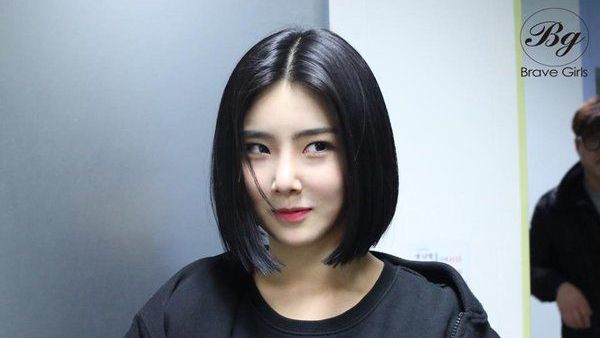
So I just wanted an excuse to promote Yuna – The Cool Kid with the versatile voice, smooth dancing and a stage presence varying from the Girl Next Door to Athleisure Mean Girl. Sue me. Actually if you happen to be American and reading this I didn’t mean that literally.
Don’t sue me.
Yeri – red velvet
Red Velvet is a veteran girl group active since 2014 from SM Entertainment, following other well known girl group acts like Girls Generation and F(X) from the same company. Launching with 4 members in 2015 an additional member was added, the maknae Yeri. At the time of debuting Yeri was 17 years Korean age and while Red Velvet belongs to the powerhouse SM, at the time of debut Red Velvets success looked far from certain.
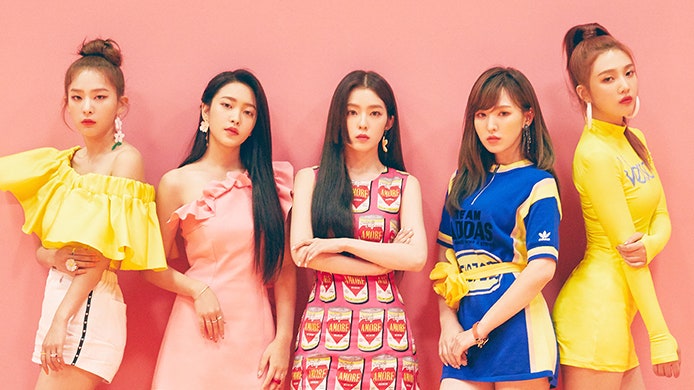
Which bring us to Yeri. Besides being the youngest member Yeri doesn’t carry any of the standard responsibilities in a group. Except: she may be the, with the possible exception of Joy, most lively and outgoing member. This has led to speculation that Yeri might have been added because initially Red Velvet just didn’t perform well outside of the stage and music performances – needing a boost by adding a talkative open member who would do well interviewing and in various TV shows. Yeri has also had to take an extraordinary amount of flak from fans and so called netizens (I think of the latter as angry, anonymous and sweating red hippos). Various uproars have occurred claiming Yeri is a lazy performer, that she shouldn’t have cried at her friend Jonghyuns funeral and that Red Velvet shouldn’t have had a fifth member.
There are a lot of theories about why SM decided to add a member after debut. Three of these theories seem rather likely without speculations becoming too occult – this is Kpop after all.
The first one is that Yeri was supposed to be part of the original line-up but was held back because of new legislation as to minors working in media – at the time of Red Velvets debut she was 15 years of age, hence underage for a media career. She was then promptly added as soon as was possible.
Others speculate that there was another SM Entertainment group that was planned to be launched a few years after Red Velvets debut, however due to dropouts of planned members and several prospective trainees who could replace them, Yeri and a few others were left and Yeri was considered a good addition to Red Velvet as she was the closest in age to the existing members. Some things support a third theory that SM planned on adding members continously to the group but were discouraged by the fans negative reception of Yeri.
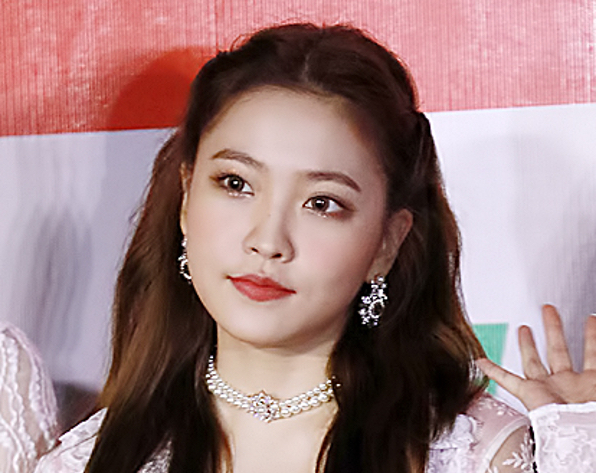
Yeri seeming smart, cool and outspoken – highly likely these characteristics being other reasons for her intermittent impopularity, as they are not necessary seen as desireable traits in Korean society or to so called Netizens. And as such Yeri provides much needed flavour to Red Velvet.
Tzuyu – Twice
Girlgroup Twice has, since forming through the survival show Sixteen, gone on to massive success. Out of the nine members five are Korean, three are Japanese and one members is Chinese. Having members from other parts of the Asian market obviously opens the possibility of additional impact in these regions – and Twice are very successful in Japan.
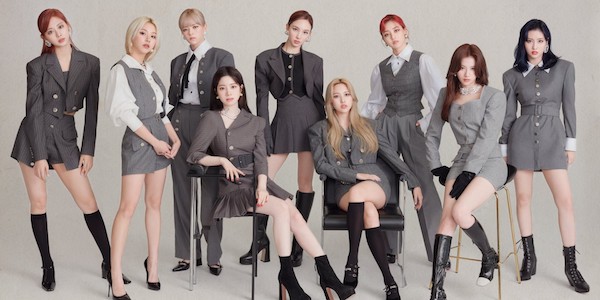
It also opens up our narrative to the more dysfunctional modes of nationalism. The Japanese members, Sana in particular, has managed to attract the anger of Korean “netizens” by, what most likely is, innocent acts like wearing a symbol or celebrating something particular to her native country of Japan (or maybe Sana is just part of a secret Imperialistic Hand Maids Tale Japanese Cabal planning the subjugation of the world – which I speculate would actually be completely fine with her fans). This resulting in a young artist having to answer for the disastrous history of Japanese colonialism in South East Asia.
But let’s focus on Tzuyu, the Visual and Maknae of Twice. Very popular in Korea – due to her good looks, Tzuyu endears the hardcore fanbase by being a very competent performer and being subtly funny. Tzuyu is from Taiwan, an island in a highly contested part of the world. China claims Taiwan as a province and Taiwan, for reasons that seem obvious also lays claim to Taiwan.
And I won’t go into some ill-informed political diatribe and if you’re somehow offended by whatever I write here I kindly suggest you piss off and read something more aligned with your intellectual sensibilities (I’ve found reading kitchen appliance manuals particularly relaxing lately).
Back to Tzuyu: At an early point in the history of Twice, 16-year old Tzuyu waved the Taiwanese flag on a South Korean TV-show. Quite a bit later this was picked up by a Taiwanese artist (who is said to be for the unification of Taiwan and mainland China) who posted this on Chinese web media resulting in a mainland public uproar. Though I am not one to marginalise nationalistic feelings and how uncomfortable it can be when your intellectual underwear rides up between your ass cheeks. Let’s just pause and note that the result of this was that a sixteen year old girl was forced to make a video recording making an apology for waving a flag.
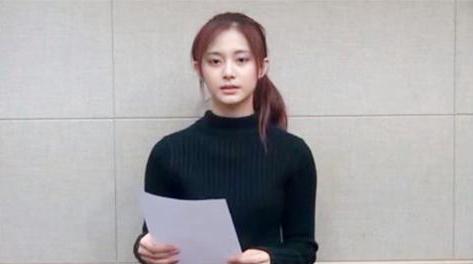
The video recorded in true hostage style really sheds some light on the less than evolved managerial style of South Korean music companies (JYP Ent, Twices company did this to try to avoid a hit to sales in China, a noble endeavour, especially when predicated on the emotional distress of a foreign minor working for you dont you think?
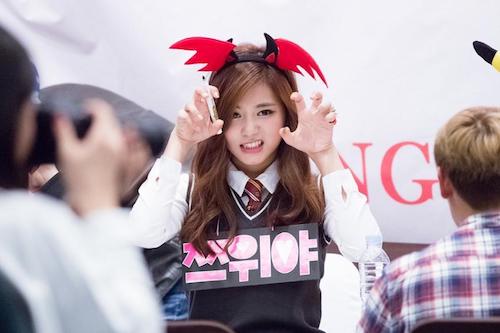
In any case, Tzuyu aka Chewy, is still widly popular with the fans and seems to be continously evolving her stagecraft as well as silently causing mischief to other members of Twice. Go Chewy!!!
The End
Even if you think that positions are strangely artificial and quite possibly completely manufactured, they are a source of endless engagement for a lot of fans. And the idols will in many cases introduce themselves with their name and position (if in a group) when appearing in media. Positions also plugs into the very human need to understand your role in the grander scheme of things – it doesn’t really matter if the scheme of things is who does introductions, dances in the centre of the formation or promotes the fanny packs… Myself I identify as the Main Writer, Principal Square Jaw Dad and Boy Next Door. Let me know what your position is!
Read all of Strange K-pop
Strange K-pop is all about the weird and wonderful of K-pop. Always with amazement, never without love.
Read it all for instant gratification.

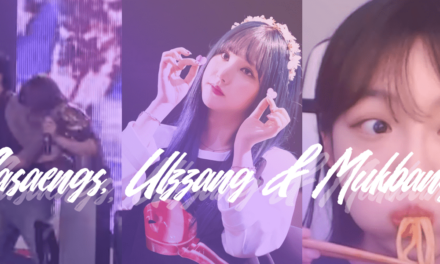

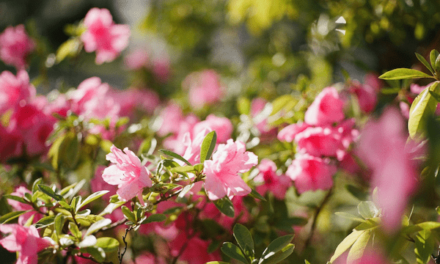
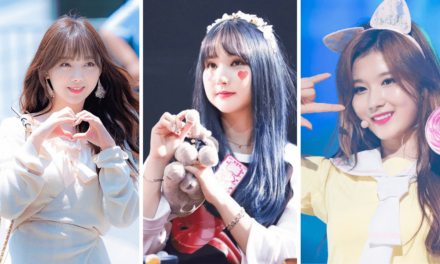
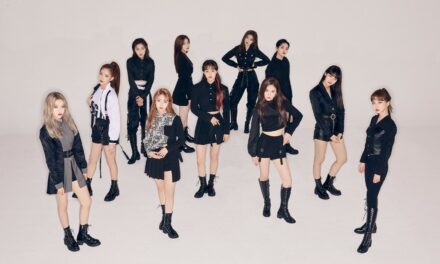
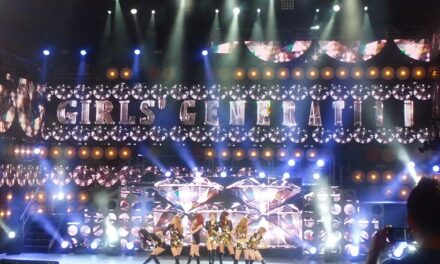

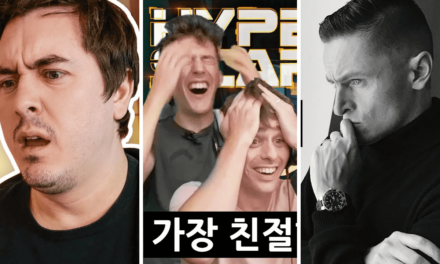
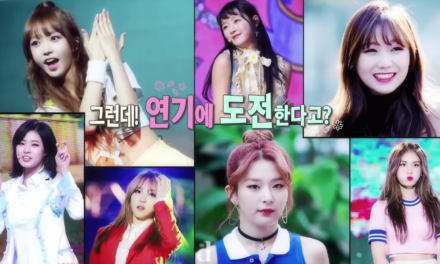
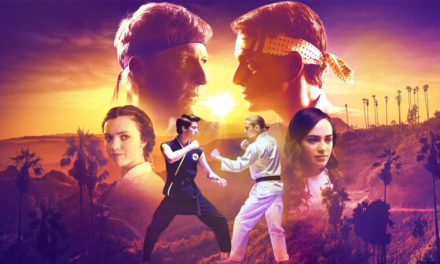
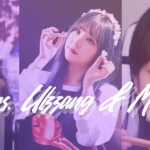
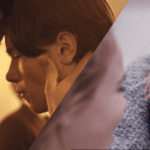



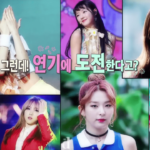

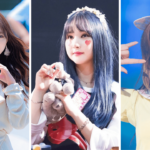
0 Comments